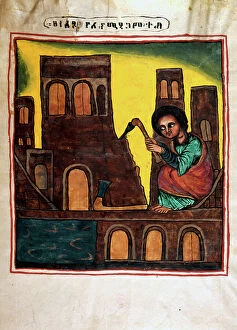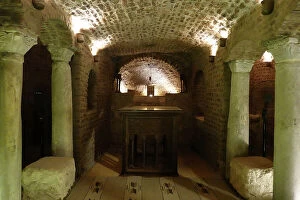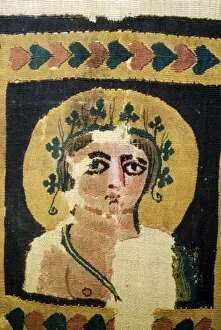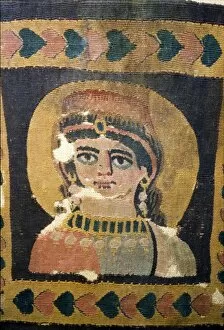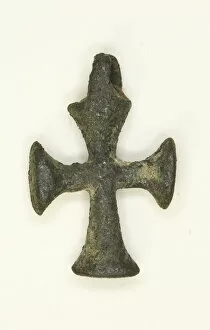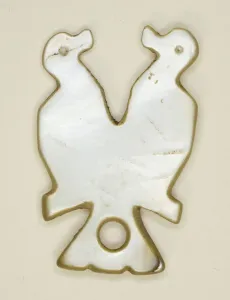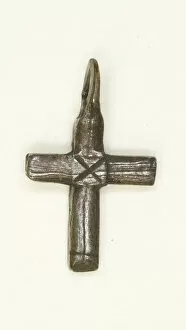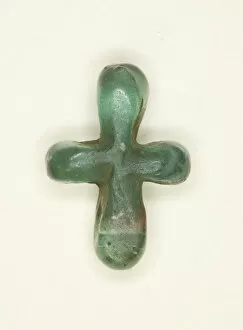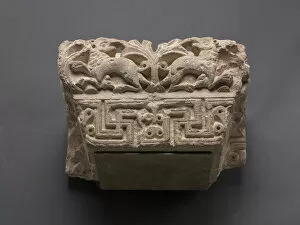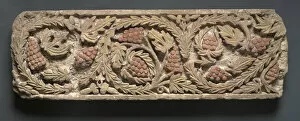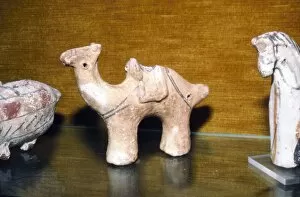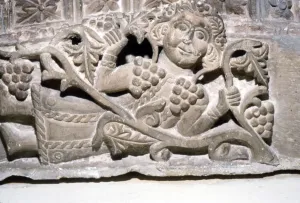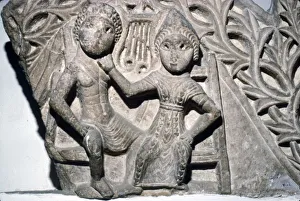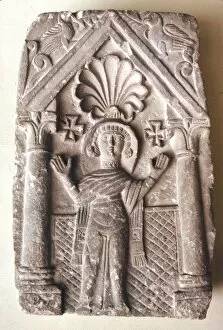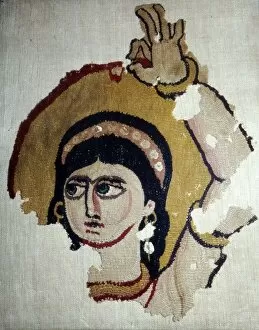Coptic Period Collection
The Coptic period, spanning from the 4th to the 7th century, was a time of rich artistic expression and religious symbolism
All Professionally Made to Order for Quick Shipping
The Coptic period, spanning from the 4th to the 7th century, was a time of rich artistic expression and religious symbolism. The intricate Coptic textiles, such as the Portrait of Dionysus from the 5th century, showcase the skill and craftsmanship of this era. Amulets were also popular during this time, serving as protective charms for their wearers. The Amulet of a Cross and Amulet in the Shape of Two Mirror-Imaged Birds are these Byzantine period artifacts that have survived through centuries with their mysterious creators remaining unknown. Religious motifs were prevalent in many artworks from this period. The Lamp with Cross is an exquisite example that combines functionality with spirituality. Similarly, the Amulet of a Rooster symbolizes resurrection and vigilance in Christian iconography. Architectural fragments provide glimpses into ancient structures adorned with relief carvings like the Architectural Fragment with Relief Carving from the 5th-6th century. These remnants offer insights into architectural styles and techniques employed during this era. The Head of Christ supported by two angels is a captivating detail showcasing divine imagery prevalent during this time. This artwork exemplifies how religious themes permeated various forms of art in Coptic society. Engaged capitals featuring animals reflect both classical influences and local traditions within Coptic architecture. One such example is seen in an Engaged Capital with Animals carved out of limestone dating back to the 400s-500s. Lunettes were often used to frame important scenes or figures, as demonstrated by Two Angels Supporting a Pendant Cross on a lunette made out of limestone dating back to around 400s. Friezes depicting foliage and grapes highlight nature's abundance while also representing spiritual nourishment found within Christianity. A Frieze with Foliage and Grapes crafted between the 300s-400s showcases intricate details etched onto limestone surfaces.

